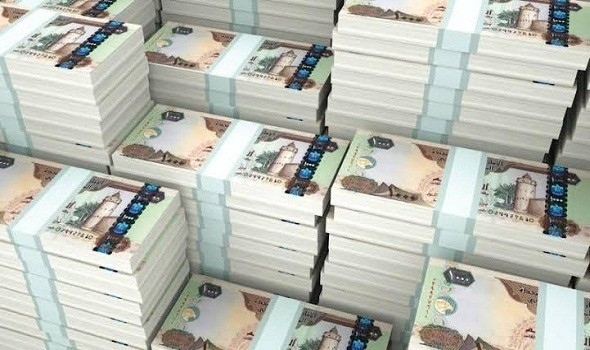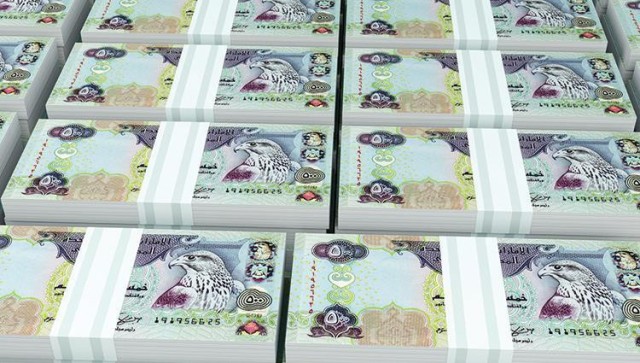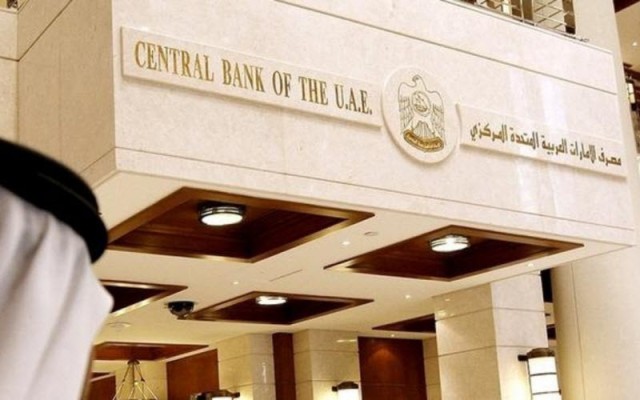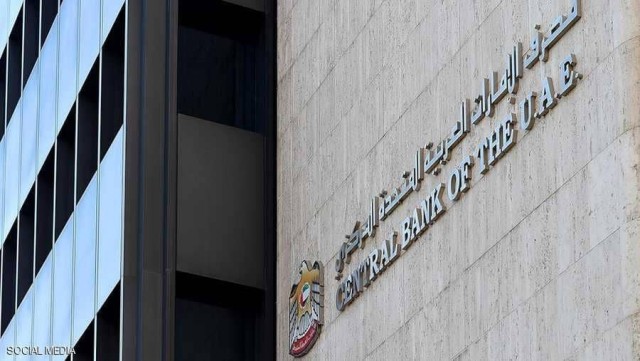The total UAE banking assets, including bank acceptances, reached 3.08 trillion dirhams at the end of January 2020 compared to 3.085 trillion dirhams at the end of December 2019.
According to the Emirates News Agency, Emirates Central Bank statistics showed that total bank credit amounted to 1.737 trillion dirhams at the end of January 2020 compared to 1.759 trillion dirhams in December 2019.
During January 2020, total bank deposits decreased by 43.9 billion dirhams, as a result of a decrease of 32.9 billion dirhams in resident deposits and a decrease of 11 billion dirhams in non-resident deposits.
The data released by the Central Bank today showed that the money supply / N1 increased by 5% from 514.8 billion dirhams at the end of December 2019 to 540.4 billion dirhams at the end of January 2020.
The money supply / N2 / increased by 1.1% from 1.411.5 trillion dirhams at the end of December 2019 to 1.426.8 trillion dirhams at the end of January 2020.
The money supply / N3 decreased by 1.6% from 1.717.4 trillion dirhams at the end of December 2019 to 1.689.7 trillion dirhams at the end of January 2020.
The increase in the money supply / N1 is attributed to an increase of 2.6 billion dirhams and 23 billion dirhams in cash traded outside banks and cash deposits, respectively, while the money supply / N2 / increased as a result of an increase in the money supply / N1, despite a decrease of 10.3 billion dirhams in Quasi-cash deposits, while the decrease in the money supply / N3 / is due to a decrease in government deposits of 43 billion dirhams, despite the high money supply / N1 / and N2 /.
It includes / N1 / cash circulating outside banks + cash deposits / current accounts and demand accounts with banks / whereas N2 includes both N1 + semi-cash / term deposits and savings deposits of residents in dirhams, and deposits of residents in foreign currencies /. As for N3, it includes N2 + government deposits with banks operating in the United Arab Emirates, as well as with the Central Bank.










































